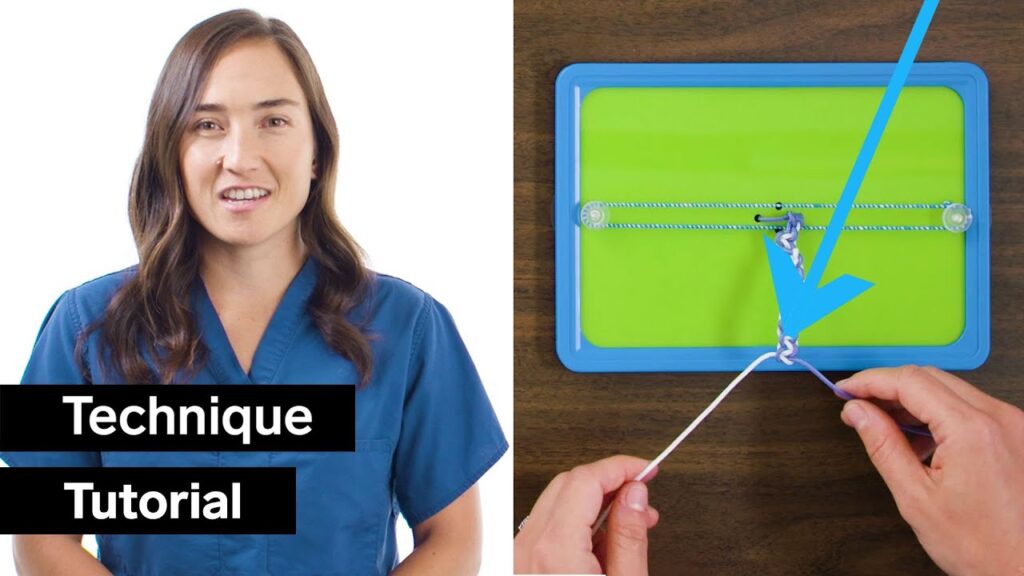Cracking the Code of Dynamic Movement: Designing Humanoid Robots
Summary
Engineered Art, a team of designers and roboticists, is on a mission to crack the code of dynamic movement in humanoid robots. Founder and CEO, Will Jackson, discusses their approach to designing and prototyping their latest creation, Amica. Their focus is to capture the essence of being human, not just visually, but with dynamic movement and expressions. Combining studying human behavior with visual communication, they have created a robot that aims to entertain and educate. The designs are all made in-house, allowing them to quickly move from idea to execution. The team also discusses the challenges they face, the different types of robots they have created, and the importance of the knowledge gained in every iteration.
Table of Contents
- Why is dynamic movement so important in humanoid robots?
- How is Engineered Art working to achieve dynamic movement in their robots?
- How do they create the facial expressions of their robots?
- What is the process for creating the robots and what are the challenges they face?
- What is different about the Mesmer type robot and what are the future plans for development?
Why is dynamic movement so important in humanoid robots?
Dynamic movement is important in humanoid robots because it makes them seem more alive and relatable. Engineered Art’s approach to designing humanoid robots is to focus on the core of being human, not just visually, but with movement and expressions. Movement is a form of communication, and if the robot behaves in ways the viewer expects, it can create a powerful connection. The goal is to create a sense of immersion and suspension of disbelief, much like when watching a movie.
How is Engineered Art working to achieve dynamic movement in their robots?
Engineered Art achieves dynamic movement in their robots through a continuous journey of prototypes and designs. They focus not on photorealism, but on capturing the essence of being human. They study human behavior and mimic it in the movements and expressions of the robot. It’s not just about how the bones, joints, and muscles move together, but also about the movement of the skin. They use silicon for the robot’s face and add various fibers and parts to tension the skin inside. They also look at how people behave and how they can mimic those behaviors.
How do they create the facial expressions of their robots?
Engineered Art creates the facial expressions of their robots by studying human faces and incorporating the movements and expressions that people make. They have categorized and recorded every part they make, and they’re constantly testing and fine-tuning their designs. They create the faces out of silicon which has been made extra thin for added realism. Additionally, they use different fibers and fabrics to give the skin some more strength. The Movements are designed to be a communication tool that the viewer can easily understand and relate to.
What is the process for creating the robots and what are the challenges they face?
The process for creating the robots begins with a prototype and design that is tested and retested before the final product is made. The team at Engineered Art designs the gesture, look, and movement of the robot while leaving the AI and what it says to the universities and companies that purchase them. From design to production, each unit takes approximately 12 to 16 weeks to make and costs between $120,000 and $500,000. The team faces many challenges in creating the robots, such as trying to match human movement and dealing with the disappointment of ideas that don’t work out. They constantly push the limits of what is possible with technology.
What is different about the Mesmer type robot, and what are the future plans for development?
The Mesmer type robot is different from the other robots Engineered Art has created in that it’s designed to have a more human look. They use soft skin with wrinkles on the hand, instilling wobbly earlobes, and even stubble on the robot’s face for added realism. Once Engineered Art perfects its hands’ dexterity, it’ll be able to execute various functions with the added touch of feeling more human. There is still much to be done in robot development, as new robots come out every year, raising the bar higher for robot creators around the world.
Conclusion
Finally, the focus of the robot is not on photorealism but rather on capturing the essence of being human. By studying human behavior, Engineered Art has created a robot that is able to communicate and hold the viewer’s attention, allowing them to immerse themselves and forget that the robot is not really human. Challenges remain in perfecting the technology, but with passion and dedication, Engineered Art is breaking new ground in dynamic movement and expression in humanoid robots.







